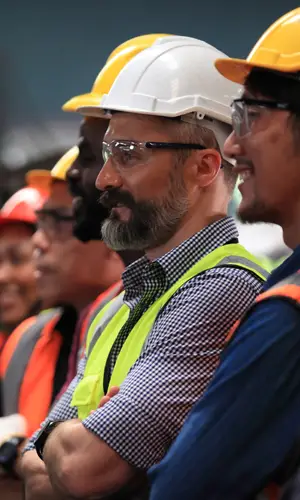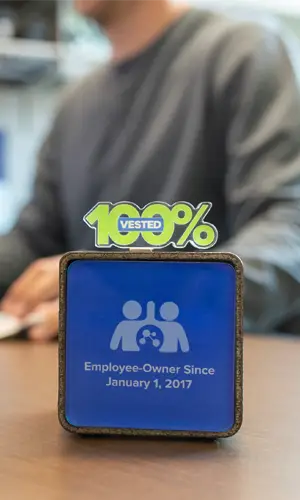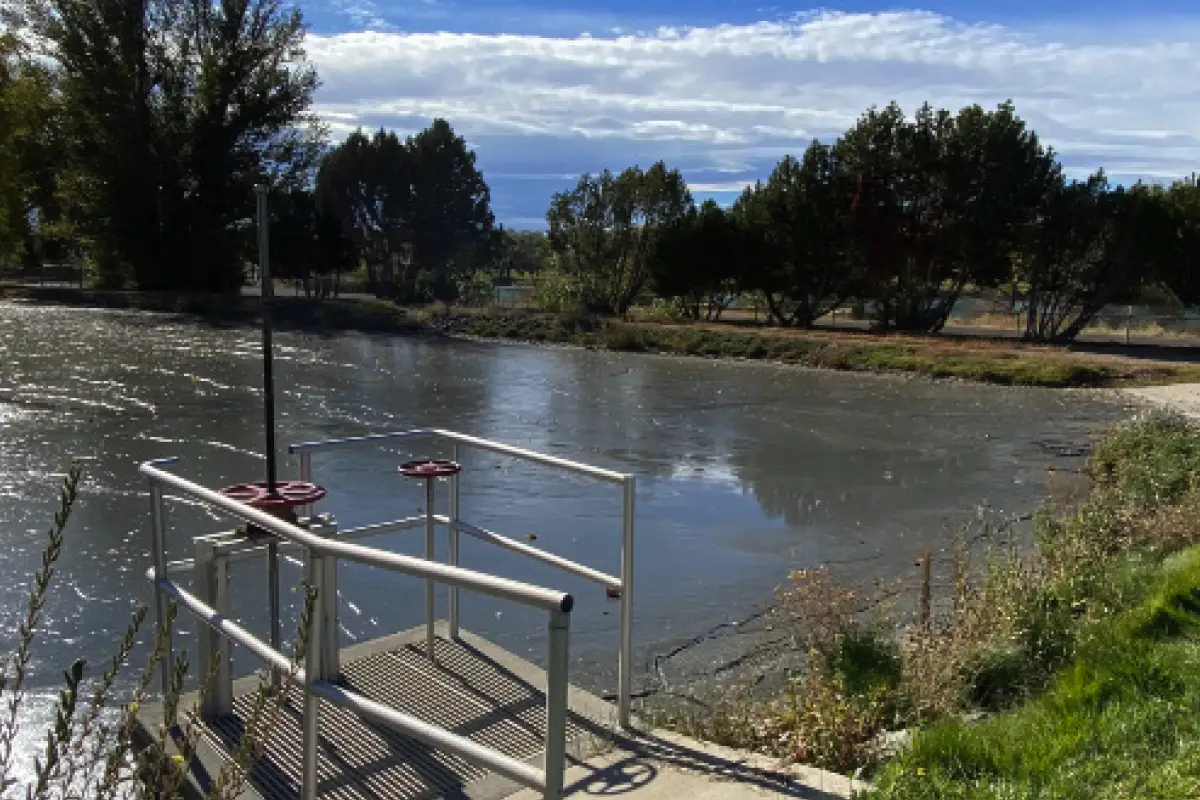WATER TREATMENT PLANT SOLIDS MITIGATION
Great Falls, Montana
The Need for the Project
The Great Falls WTP treats water from the Missouri River using a series of processes, including a traveling bar screen to remove large debris from the raw water intake stream and sedimentation/filtration, utilizing aluminum sulfate (alum) as the primary coagulant, to remove silt, clay, and other material by forming floc particles that combine to generate a solids residuals stream commonly referred to as sludge. The residuals produced by the sedimentation basins and filters are stored in ponds at the WTP site during the summer months. Partially dewatered residuals are removed from the ponds, hauled to an intermediate site to dry further, and ultimately hauled to the landfill. When the residuals are discharged to the sanitary sewer, the solids are ultimately removed via the wastewater treatment system and hauled to the landfill with dewatered biosolids.
Project Details
Date: 2022 – 2024
Client: City of Great Falls
Key Project Elements
- Unmatched Understanding of City-Generated Residuals from WTP that Will Impact Solid Waste Alternatives
- Alternative Delivery Experience with City Projects that Could be Applicable for Landfill or Transfer Station and Benefit Schedule and Costs of Solid Waste Project Alternatives
- Proven Experience with City Staff and Familiarity with Local Codes, Third-Party Utility Providers, and Design Standards
Replace Inefficient Processes with Safe and Efficient Solutions
The process of removing, hauling, and disposing of residuals from the ponds is inefficient, and naturally occurring arsenic in the Missouri River is concentrated in the residuals, which could potentially cause discharge permit compliance issues at the WWTP. Following the recommendations of the Residuals Management Evaluation, the City of Great Falls retained Advanced Engineering and Environmental Services (AE2S) to design an improved concept to handle and dispose of solids generated by the WTP.
AE2S is designing a facility to dewater the residuals, utilizing screw press technology at the site and hauling the dried cake to the landfill without the need for an intermediate drying step and the additional solids handling required. As an additional element in the project scope, the City requested an evaluation be performed to better understand the sources/distribution profile of arsenic at the WWTP and factors contributing to the presence of arsenic in the discharge effluent.
Process, Permitting and Regulatory Considerations
AE2S assessed permitting and regulatory drivers as part of the proposed stormwater detention facilities proximity to a regulated wetland. The AE2S design will provide enhancement and mitigation of wetlands along the stream/wetland corridor.
AE2S is guiding the City through the General Contractor/Construction Manager procurement process to address time constraints, anticipated supply chain issues, and project complexity. At the agency review milestone, the contractor and the City will enter negotiations to determine a cost to build the facility and proceed with the construction phase.





